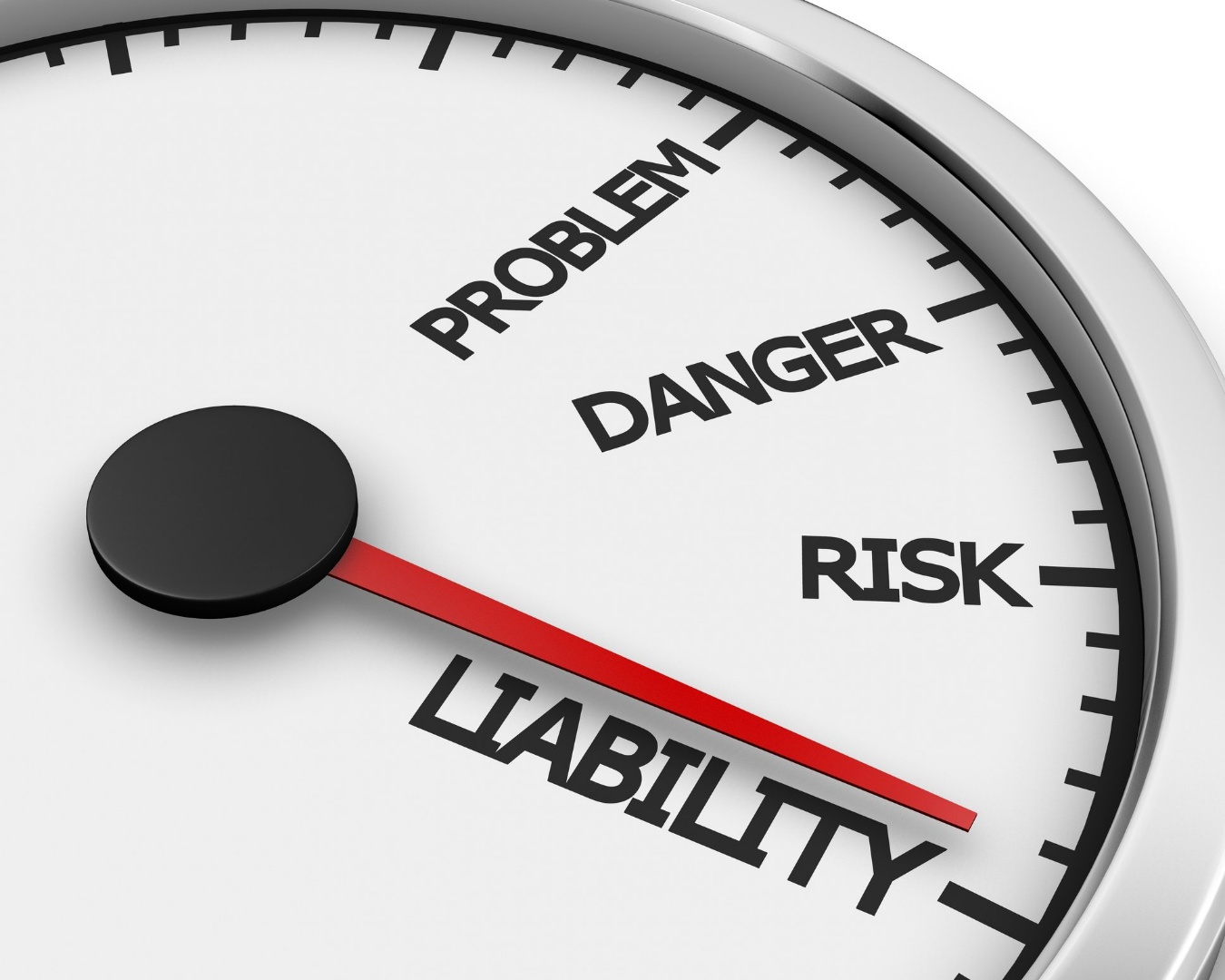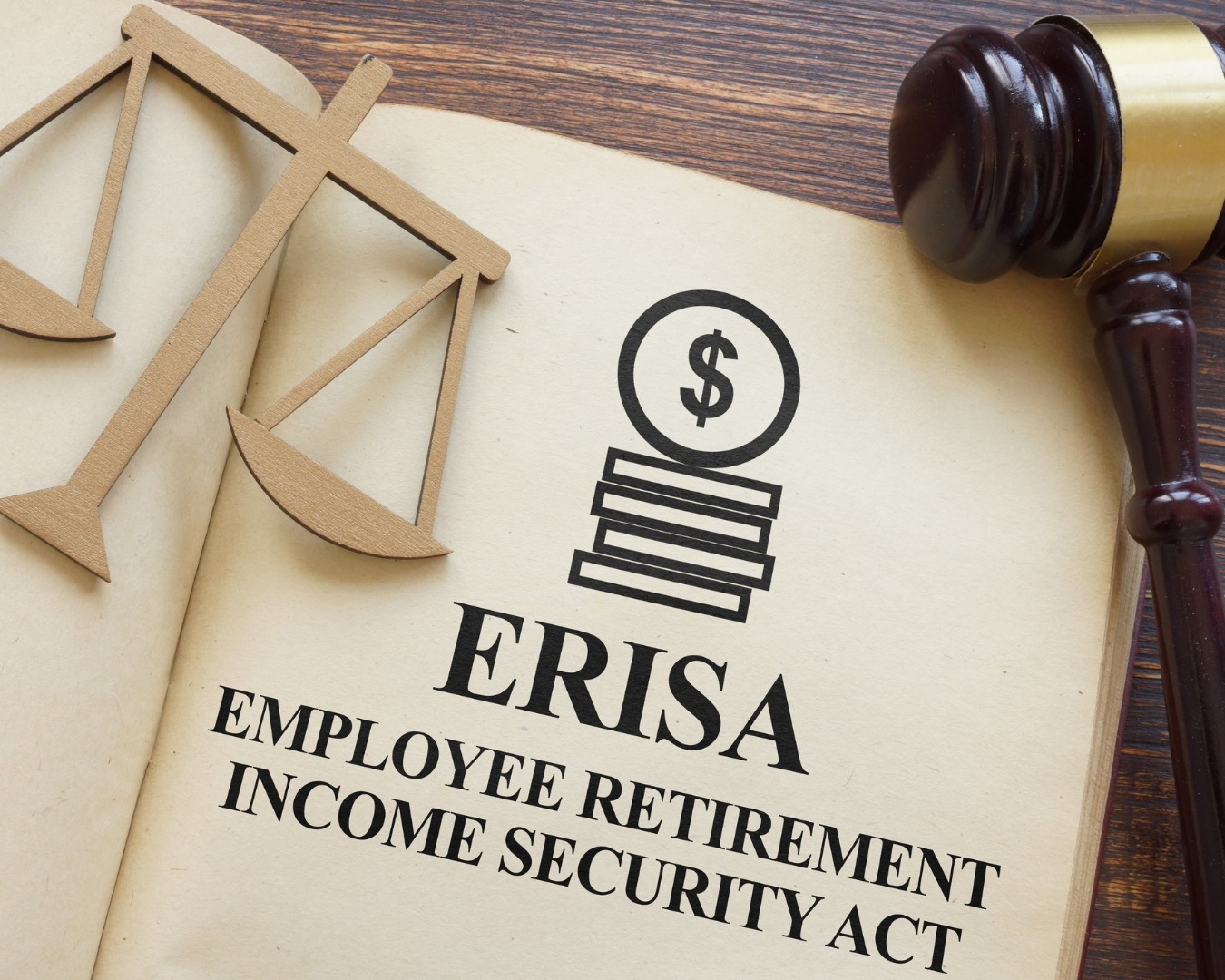You launched an employee retirement plan to support your team’s future. It seemed like the right thing to do—and it was. Retirement benefits attract and retain talent, and they help your staff build long-term financial security. What many business owners don’t realize, though, is that managing an employee retirement plan can quietly expose them to serious personal liability. If you’re listed as the plan administrator, you may be responsible for a wide range of legal duties under ERISA—and failing to meet them can cost you.
This article breaks down those responsibilities, explains where most business owners run into trouble, and shows how to avoid costly mistakes by making smarter choices around plan management.
What You’re Really Responsible for in an Employee Retirement Plan
Most business owners don’t know that when they start an employee retirement plan, they often become the default plan administrator under the Employee Retirement Income Security Act (ERISA). That role comes with strict fiduciary responsibilities—and legal consequences if those duties aren’t met.
A plan administrator must:
- Act solely in the best interests of plan participants
- Operate with the skill and care of a financial expert
- Diversify plan investments to minimize risk
- Follow the plan’s written documents and stay compliant with ERISA regulations
These duties aren’t just technicalities. They include overseeing investment choices, benchmarking plan fees, submitting timely and accurate filings like Form 5500, updating plan documents, and providing required disclosures to employees.

How Your Employee Retirement Plan Can Create Legal Exposure
Many business owners are exposed to legal risk without realizing it. Managing an employee retirement plan incorrectly—or simply neglecting key duties—can lead to lawsuits, audits, and financial penalties.
Common compliance failures include:
- Offering high-fee investment options without regular review
- Not comparing plan fees to industry benchmarks
- Failing to deliver mandatory disclosures to employees
- Missing key filing deadlines or submitting incorrect data
These oversights can trigger Department of Labor investigations or IRS fines. They can also lead to lawsuits from employees who believe their retirement savings were mismanaged. Even if you didn’t mean to make a mistake, you may still be held personally liable.
The Hidden Cost of Managing It All Yourself
Running a company is already a full-time job. Taking on the additional role of plan administrator for your employee retirement plan means juggling legal, financial, and compliance responsibilities that are outside most business owners’ areas of expertise.
Beyond the time commitment and legal exposure, there’s also the cost. Many business owners are unknowingly overpaying in fees—both for plan administration and investment options. Even a 1% difference in fees can reduce retirement savings by tens of thousands of dollars over time.
Under ERISA, you have a fiduciary obligation to ensure all fees paid from plan assets are reasonable. If you haven’t reviewed your plan fees lately, that could be a red flag.
Reducing Risk in Your Employee Retirement Plan
Delegating your plan’s fiduciary responsibilities to a qualified professional is one of the smartest decisions you can make. Third-party fiduciaries or plan advisors specialize in managing employee retirement plans and are equipped to handle the legal, financial, and operational demands that come with the role.
A professional fiduciary can:
- Monitor and review investments regularly
- Benchmark and negotiate lower fees
- Keep your plan compliant with ERISA and DOL requirements
- Handle disclosures, filings, and documentation
- Provide education and support to your employees
This not only reduces your risk but also improves the overall quality and performance of the plan for your team.

Better Investment Options, Lower Fees, Smarter Results
Professionally managed employee retirement plans often include access to a wider range of investment options, including low-cost institutional funds that aren’t available in off-the-shelf plans. These plans are typically more diversified, more transparent, and more cost-effective.
When your employees have better options and pay lower fees, they’re more likely to stay on track toward retirement. That reflects well on your company and helps fulfill your obligation to act in their best interest.
It also means less stress and liability for you.
Choosing the Right Partner for Your Employee Retirement Plan
Not all plan advisors accept fiduciary responsibility. Some offer guidance but stop short of taking on the legal risk—leaving you still exposed. Look for a partner who explicitly serves as a 3(38) or 3(21) fiduciary, meaning they take legal accountability for the plan’s investment decisions or oversight.
The right partner should:
- Put their fiduciary status in writing
- Offer clear, transparent pricing
- Deliver detailed performance and fee reporting
- Provide strong compliance and audit processes
- Educate your employees on how to make the most of their plan
Vet your advisor the same way you’d vet a key vendor or executive hire. Your liability—and your employees’ financial futures—depend on it.
Time to Act: Protect Yourself and Your Employees
If you’re unsure whether you’re the plan administrator—or if your employee retirement plan hasn’t had a compliance or fee review in years—now is the time to take action. Ignoring the risk won’t make it go away. In fact, it may only grow over time.
Here’s where to start:
- Review your current plan structure and documentation
- Identify who is legally listed as the plan administrator
- Benchmark your plan fees and investment performance
- Get a compliance check and fiduciary risk assessment
- Consult with a qualified retirement plan fiduciary
Offering a retirement plan should be an asset—not a liability. Managing it properly protects your business, your reputation, and the future of the employees who trust you with their savings. If you want to look at your options, we have the resources and network to put you in touch with a plan administrator who can help you navigate the employee retirement plan landscape.

